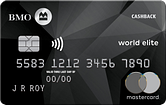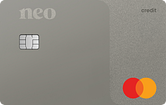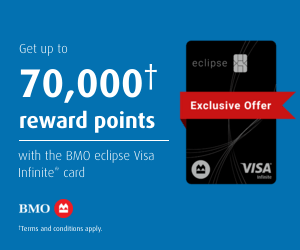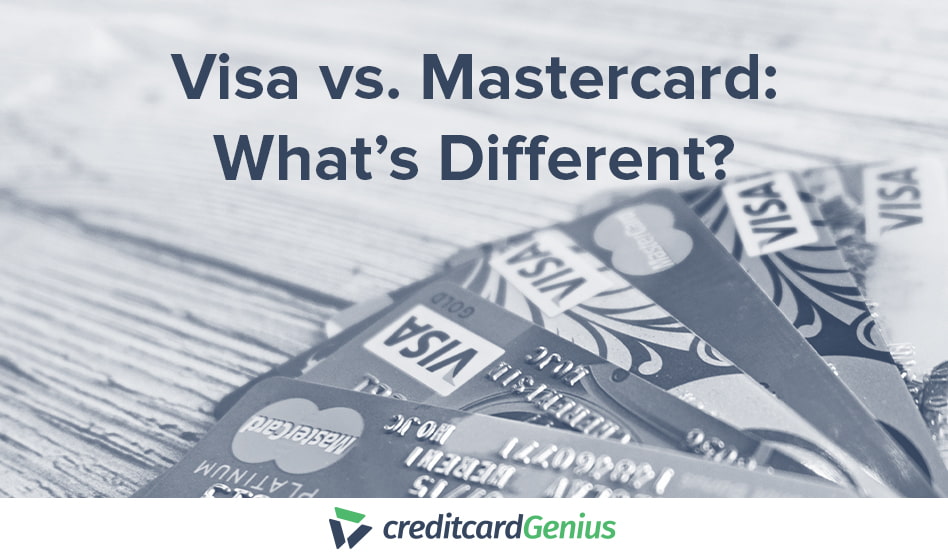Your credit card balance, or current account balance, represents the total amount of money you owe your credit card company. It reflects every purchase and payment you’ve made to date, including any unpaid bills from previous months.
It's important to understand what makes up your balance, how it fluctuates from month to month, and whether a top balance transfer might save you money. Because, really, your balance is more than just a number – it's a key indicator of your financial health.
Whether you're managing a single card or considering consolidating debt, knowing the ins and outs of your balance is the first step toward taking control of your credit.
Key Takeaways
- Your credit card balance is how much money you owe your bank.
- Your statement balance is how much money you borrowed from your bank during the last billing cycle.
- You can check your current balance online, by phone, or via mobile app.
- A high credit card balance will negatively affect your financial stability, credit score, and chances of being approved for future credit.
- You can maintain a low credit card balance by paying off your statements in full by the given due date every month.
Never miss an amazing deal again + get our bonus 250+ page eBook for FREE. Join 50,000 other Canadians who receive our weekly newsletter – learn more.
Your credit card balance is the total of what you owe
Your credit card balance (or current account balance) reflects how much money you currently owe your credit card issuer – the bank, credit union, or store that gave you your credit card. It includes every cent you’ve borrowed (and repaid) so far.
Credit card balance = total money borrowed – total money paid
Your statement balance reflects only the money you borrowed and repaid during your last billing cycle (or billing period), which generally lasts 28 – 31 days. It is included in your credit card balance.
Statement balance = money borrowed during last billing period – money paid during last billing period
Checking your balance
There are 4 ways to check your official account balance:
- By mail: If you haven’t gone paperless, check your mailbox for a credit card statement at the end of every billing cycle. Statements show both your current account balance and your last statement balance.
- By phone: Call the number on the back of your credit card and follow the instructions to use your issuer’s automated telephone system.
- By web: Log into your bank’s website to check your current balance and statement balance online.
- Via mobile: Nearly every credit card issuer offers an app through which you can check your balance and make payments.
- Beware 3rd-party apps: While some mobile financial apps provide a convenient way to view balances for multiple cards, they require your account details to work and don’t update as quickly as official sources.
If you’re missing a recent transaction, remember it takes 24 – 72 hours (1 – 3 business days) for payments to process.
If your balance is written as "-$300.00" or “($300.00),” it means there’s a negative balance on your account. No need to panic – it just means you overpaid your credit card. You can ask your issuer to deposit the negative balance or write you a cheque, but if you don’t need it right away, you can simply keep using your credit card as normal.
Paying your balance
The simplest way to stay on top of your account balance is to pay off your statement balance in full by the given due date.
Pros:
- You’ll avoid interest: If you repay your statement balance during your credit card grace period (the 21 – 55 days between the end of your billing cycle and the payment due date) you won’t be charged interest on what you borrowed.
- You’ll have more credit available: If you can keep your spending below 30% of your credit card’s limit, you’ll have more credit available for emergencies and be able to improve your credit score.
Carrying your balance
Letting your grace period expire and missing your payment due date is known as carrying a balance. It adds your statement balance to your total credit card balance and triggers late fees and interest charges.
Credit card interest can inflate the amount you owe by 20 – 30%. For example, if you carried the average Canadian’s credit card balance of $4,265 to the next month, you’d be charged $90.70 of interest!
Credit Card Interest Calculator
Cons of carrying a balance:
- May damage your credit score after 30 days
- May incur late fees
- May revoke your credit card grace period on future purchases
- May trigger penalty interest rates as high as 30%
- Reduces your available credit
If you can’t pay off your statement balance entirely, consider making the minimum payment plus $100 or so. Doing so will keep your account in good standing, prevent late fees, and protect your credit score.
4 things to do if your credit card balance is high
If you want to lower your account balance, here’s what to do:
- Apply for a balance transfer credit card: Instead of carrying a balance on the same credit card, you could save money by transferring it to a different credit card with a lower interest rate.
- Ask for a credit card limit increase: If you’re on top of your debt but consistently hit your credit card’s spending limit, consider asking your issuer to increase it.
- Consolidate your debt: A bank or debt consolidation agency can repackage all the money you owe (including your credit card balance) into a single loan with lower monthly payments, interest rates, and repayment periods.
- Make a payment: Paying off your credit card is the best way to minimize interest charges and negative effects on your credit score. Don’t just stick with the minimum payment – even an extra $50 will make a difference.
Do you have a high credit card balance?
The average Canadian occasionally reaches a high statement balance (especially during the month of December), but if your total credit card balance is consistently high, it may be time to get help.
Have you called your credit card company about a high account balance? Perhaps you made a balance transfer to a different card?
Feel free to share your experiences in the comments below.
FAQ
Why is my credit card balance negative?
A negative credit card balance means you paid your bank more money than you owe. It’s common to see a negative account balance after receiving a large refund, making a manual payment on top of an auto-payment, or accidentally making too high a manual payment.
Is it bad to have a high credit card balance?
Carrying a high credit card balance gives you less spending power in case of an emergency, makes you less likely to qualify for future limit increases, and could cause you to miss a payment if your account is overdrawn.
What’s the difference between statement balance and current balance?
Your statement balance shows how much money you borrowed during your last billing cycle. Your current balance shows how much you’ve borrowed and repaid to date, including any balance carried from previous months.
What’s a balance transfer credit card?
A balance transfer credit card lets cardholders shift their debt from one credit card to another with a lower interest rate.
What’s on a credit card statement?
A credit card statement lists your account information and a summary of the transactions you completed during the last billing period. It also includes your statement balance, its due date, and your total account balance.
creditcardGenius is the only tool that compares 126+ features of 231 Canadian credit cards using math-based ratings and rankings that respond to your needs, instantly. Take our quiz and see which of Canada's 231 cards is for you.









 GC:
GC: 














.png)





















 $100 GeniusCash + Earn up to 15,000 Welcome Bonus Membership Rewards® Points.*
$100 GeniusCash + Earn up to 15,000 Welcome Bonus Membership Rewards® Points.*
Comments
Leave a comment
Required fields are marked with *. Your email address will not be published.